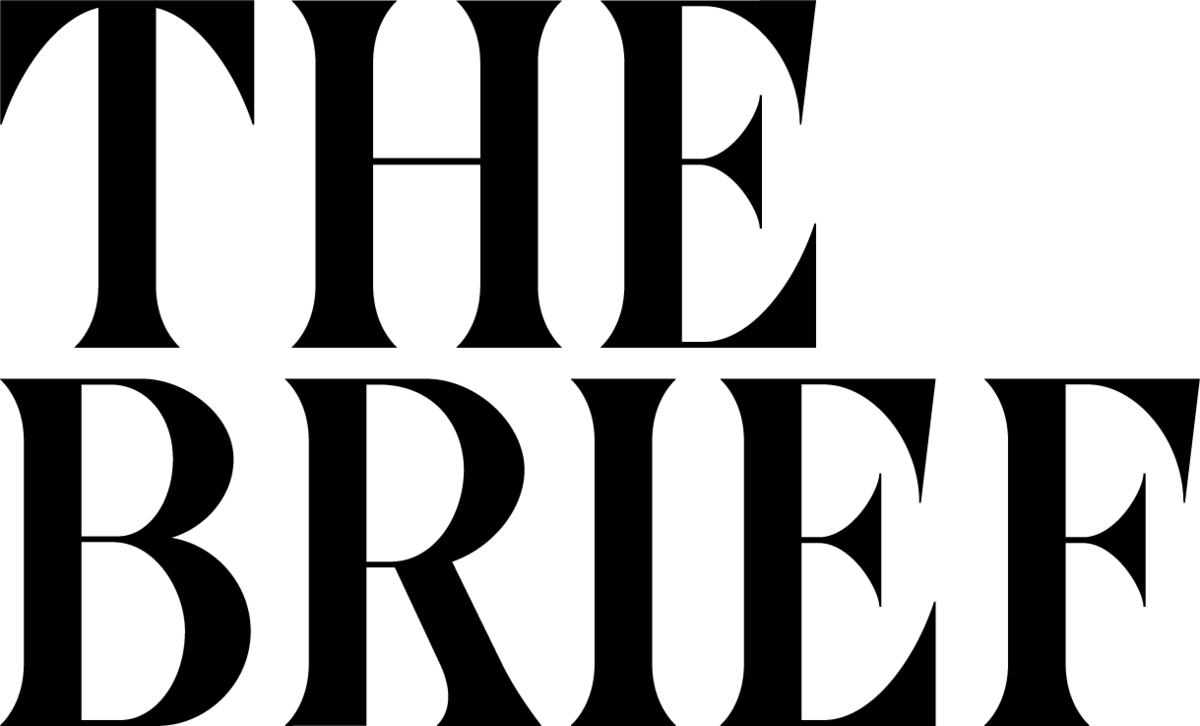
“There are no dumb ideas!” - someone who has not heard a lot of ideas.
Only kidding (sort of). 🙃
PR encompasses a lot of different elements. Each of these requires a hefty amount of creativity, which is why so many businesses fall prey to the PR slump that we like to call Comms Complacency. In today’s newsletter, we dive into the top time wasters in your PR program and the best alternatives for each.
Have an idea for a topic, or are you an expert who would like to contribute? Reach out.
Read Time: 4 mins
We’ve all been there. Company news is slow, proactive pitches aren’t landing, and we find ourselves grasping for straws on how to get coverage. So what do you do? Many tend to fall back into lazy and bad habits as a last-ditch effort to get a headline or, at the very least, a mention. These practices are ineffective at best and total time wasters at worst.
So, without further ado, here are the Top 5 bad PR habits and how to approach them another way.
❌ Doing a press release on everything. First things first, you can’t PR a PR. In all seriousness, though, 99% of the time, press releases are not the best way to get your news out there. They’re tired and overdone, and the metrics are meaningless.
✅ Hooking into a larger trend at play. Let’s say you have a product announcement. Why now? Why does it matter? Who will it impact? There must have been some reason you came up with the feature, and if it impacts anyone outside of your existing customers and partners, there’s a big chance you’ll be able to get coverage on it.
❌ Creating timeliness that doesn’t exist. Did you know that March is National Noodle Month? Neither did literally anybody else. If you haven’t heard of it, chances are it won’t make it through an editorial pitch meeting.
✅ Focusing on moments that matter. Map out your yearly editorial calendar with impactful, timely hooks that you know reporters will be writing about. Plan big campaigns around those moments, and get creative about proactive storylines in the interim.
❌ Pitching anyone and everyone. Just because you’re a B2B finance tool does not mean that a Personal Finance reporter will cover you. Reporters have to be extremely selective about what they cover - and if you’re spamming their inbox with irrelevant pitch topics, chances are they’ll blacklist you.
✅ Targeting your top tiers. Good pitching takes time. Your team should be spending it creating customized touchpoints for your target journalists. Unique pitches that cover why this, why now, and why they should care should be the norm, no matter the story.
❌ Wasting company budget on awards nobody has heard of. As PR people, we have a very love/hate relationship with awards. For those that are pay-to-play, there’s a little less love. Most pay-to-play awards are just cash funnels for misdirected marketing spend. Just like National Noodle Month (in March!) - if you haven’t heard about it before, nobody else will care.
✅ Focusing on the few that matter. There are exceptions to this rule. Culture awards that require anonymous employee surveys provide invaluable quantitative and qualitative data that you can use for current and future staff policies. Product review awards can result in an in-depth article about your newly released platform. And the FastCo, Fortune, and Inc. awards of the world tend to carry a lot of weight, too. Be selective about the awards you pursue and bypass the rest.
❌ Following up without adding value. Let’s say you pitch a reporter, and you don’t hear back. So you send a follow-up. And another, and another, and another. Before you know it, you get a note from their email server saying the email has been blocked.
✅ Giving them a little more to work with. So they didn’t bite the first time. What more can you give them? What additional context can you provide to make them want to write on this topic right now? Pitches should be short, so if you can’t convey enough value in the first pitch, use your follow-ups to provide additional information that makes the topic more alluring to the journalist.
There are probably a dozen more examples we could cover that are a poor use of your PR team’s time. But if you stay away from these top offenses, you’re on the right track to be more effective and efficient in your PR program - and what more could you want?
See you next Saturday!

Like The Colab Brief?
Welcome to The Colab Brief
